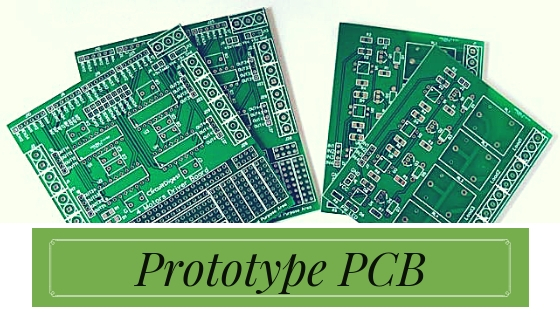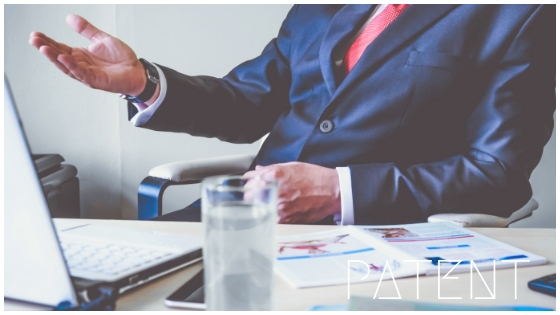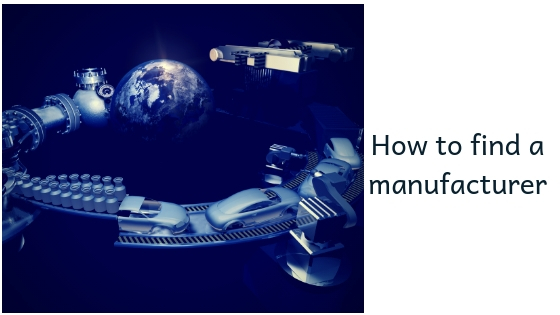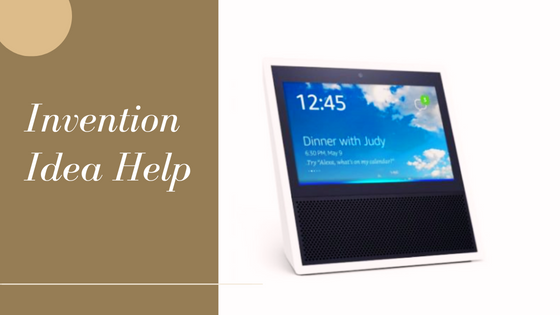
Almost there is no electronic device that can be made without PCBs. Battery toys, cell phones, music players, televisions, computers, cars, aircraft – almost everything that uses some kind of electronics, uses PCBs.
Whether you are a toy builder, a science-working student, or a manufacturer that produces millions of devices, using a printed circuit board is a must and offers many benefits.
If you want to develop a PCB, we recommend that you first spend a little time understanding the design principles of the PCB. There are several detailed production processes. Also, design and simulation software is available to help you test your design before making a prototype PCB.

First, PCBs are much smaller than other types of circuits. Its reduced size is an extremely important aspect of the entire manufacturing process. In addition, the printed circuit significantly reduces the need for wire. This improves the look of the end circle and increases endurance. For mass manufacturers who order a large amount of PCBs is the cheapest method that offers huge profits.
The actual components used depend entirely on the PCB prototype. Testing the components used can best be processed in series. This leaves laminate boards and traces. Production costs, operational efficiency, and operational cost of the finished circuit depend on these elements.


